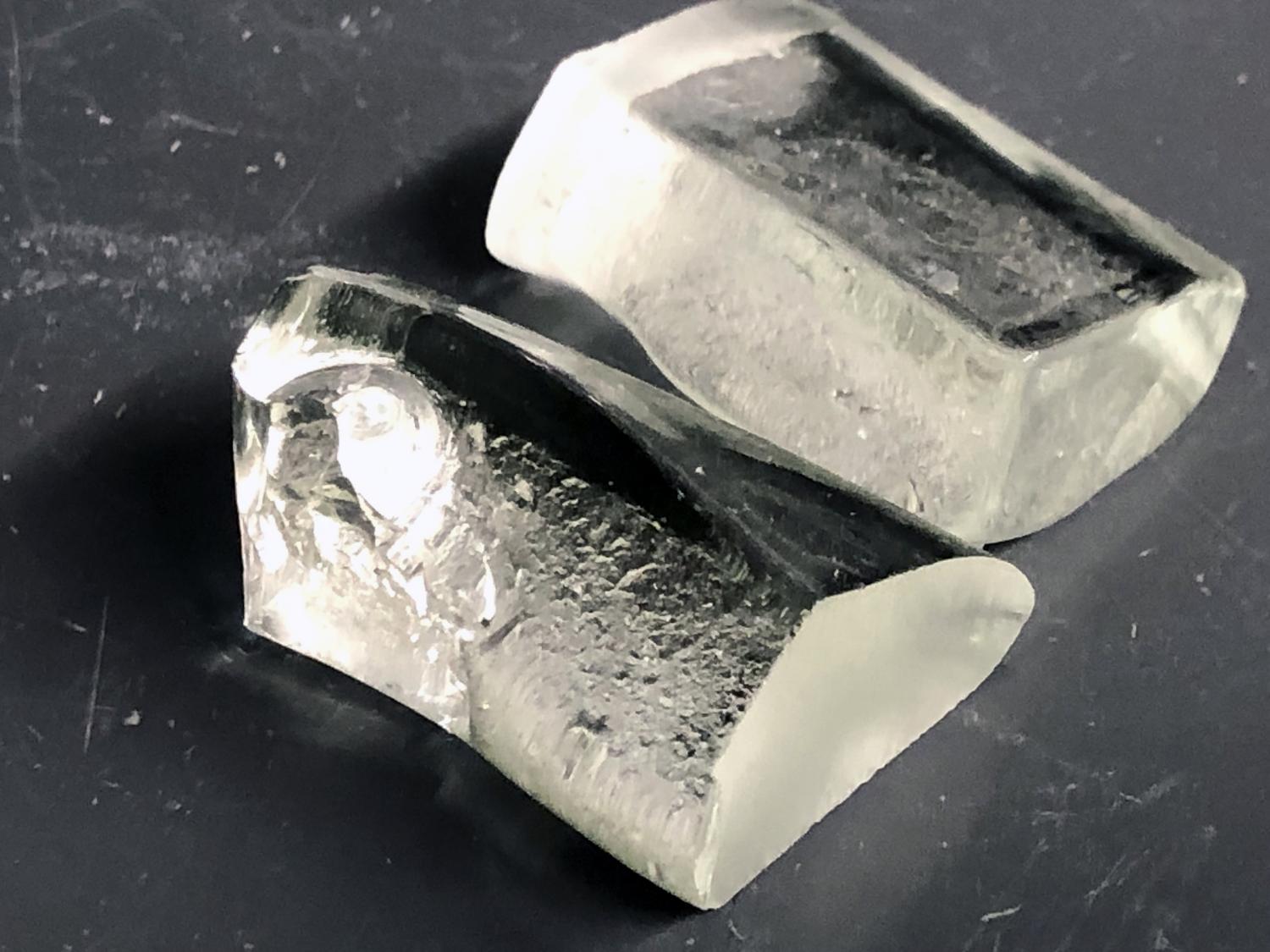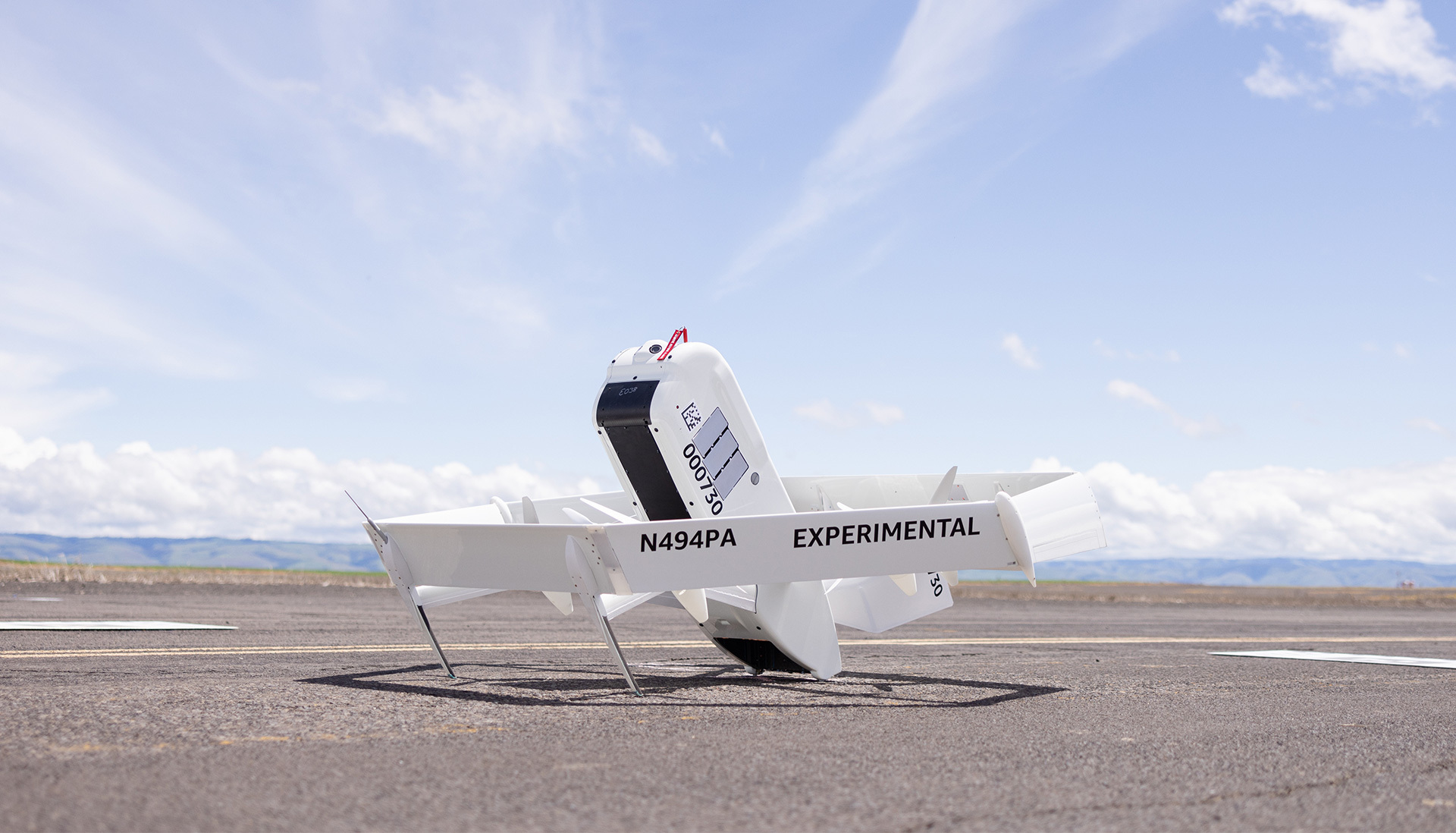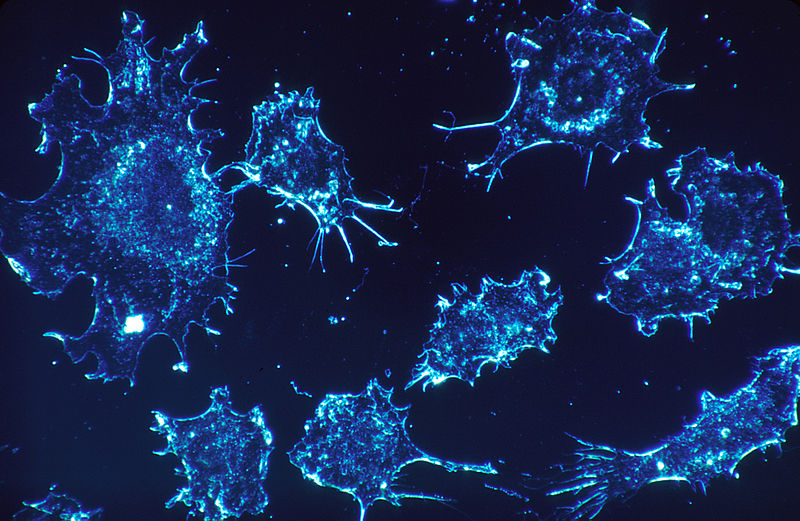While glass has several advantages such as transparency, versatility, and durability…its benefits are hindered by its inherent brittleness.
Now researchers at Pennsylvania State University (Penn State) in the US have successfully created a novel glass variant that boasts 10x more crack resistance compared to conventional glass while also reducing its carbon footprint by nearly half.
The glass is named “LionGlass” in honor of the university’s Nittany Lion mascot.
This innovative glass could potentially aid in the fight against greenhouse emissions and enable the creation of lighter products without sacrificing strength.
The commonly used glass, known as soda lime silicate glass, is found in various everyday items like windows and drinking glasses. Its manufacturing process involves high-temperature furnaces reaching up to 1,500 °C (2,732 °F), resulting in significant energy consumption and releasing large amounts of carbon dioxide.
This glass is made from quartz sand, soda ash, and limestone, with the latter two emitting CO2 when melted. Globally, glass manufacturing generates a minimum of 86 million tons of carbon dioxide annually.
This new 10x stronger glass promises to cut this carbon footprint in half.
Researchers have improved the recipe that requires significantly less energy to make glass that’s more environmentally friendly while also being much stronger.
Researchers replaced soda ash and limestone with aluminum oxide or an iron compound, the new glass compositions exhibit improved properties. These substitutions not only reduce direct emissions and lower melting temperatures by up to 400 °C (720 °F), but also decrease energy consumption by approximately 30%.
LionGlass compositions demonstrated crack resistance at least 10 times higher than standard soda lime glass. Some samples remained intact under a force load of 1 kg (2.2 lb) compared to the 0.1 kg (0.2 lb) threshold for regular glass.The crack resistance of LionGlass is anticipated to be even higher than what the testing equipment could measure.







